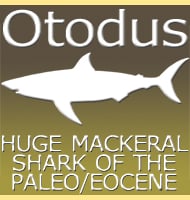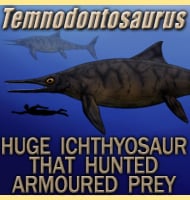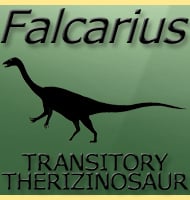In Depth
There are a great number of known thalattosuchian (a.k.a. sea crocodiles) genera known to us, and amongst these it is the species of the Machimosaurus genus that are amongst the largest known to us. The largest skulls of Machimosaurus have been confirmed to be over one and a half meters in length, which in turn has led to size estimates of at least seven metres long for the whole animal (though other estimates suggest eight or even nine meters long).
Machimosaurus seem to have been more generalist hunters, perhaps with a specialsation for tougher or even armoured prey. This idea comes from analysis of Machimosaurus teeth which are strongly developed with rounded tips. These would have been ideal for crunching through the shells of turtles and ammonites, or even scavenging carrion of larger marine creatures. The wide geographic distribution of known Machimosaurus fossils across Europe and Africa is a clear indication that Machimosaurus was a very successful genus.
Further Reading
- Revision of the Late Jurassic teleosaurid genus Machimosaurus (Crocodylomorpha, Thalattosuchia). - Royal Society Open Science 1:140222. - M. T. Young, S. Hua, L. Steel, D. Foffa, S. L. Brusatte, S. Thuring, O. Mateus, J. I. Ruiz-Omenaca, P. Havlik, Y. Lepage, and M. B. Andrade - 2014. - The largest thalattosuchian (Crocodylomorpha) supports teleosaurid survival across the Jurassic-Cretaceous boundary. - Cretaceous Research. - F. Fanti, T. Miyashita, L. Cantelli, F. Mnasri, J. Dridi, M. Contessi & A. Cau - 2016.









